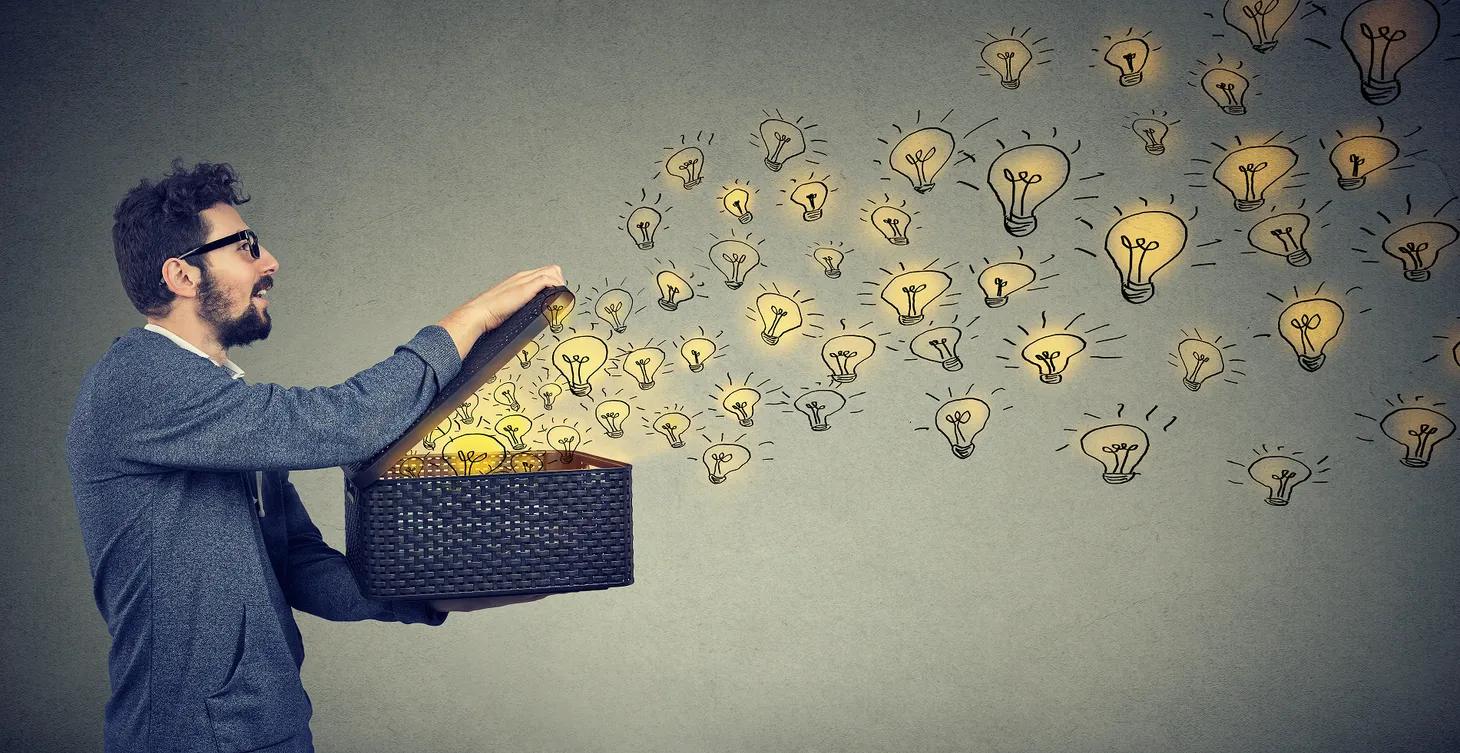Being on board with social evolutions
Every hot trend reaches a point I like to call the “Uncle Larry moment.” You know what I mean. It’s the juncture where one of your older relatives announces he’s taken up something that had seemed cutting edge, futuristic, and exciting up till that second. Facebook and Twitter have long passed the U

Every hot trend reaches a point I like to call the “Uncle Larry moment.” You know what I mean. It’s the juncture where one of your older relatives announces he’s taken up something that had seemed cutting edge, futuristic, and exciting up till that second. Facebook and Twitter have long passed the Uncle Larry moment. MySpace passed it years ago. If you’ve embraced social media, fantastic. If you’ve embraced it and forgotten about it, let’s talk.
It’s critical to constantly reconsider and, if necessary, change the way you are communicating with your customers. Look at how you are finding them, and how they are finding you. Are you applying an old-world mentality to a new-world technology?
Don’t rely on today’s version of social media; ask yourself what form tomorrow’s Twitter will take. Will you be able to recognize and embrace it in a timely fashion?
It’s critical to be on board with these social evolutions as they happen and not be the last person to the party. Again, the only way to really gauge which company will be the next Groupon, and which will quickly disappear is to find out what the people around you are actually using. I knew Groupon was going to be a success when I heard my wife mention it to three different friends within twenty-four hours. She became a vocal fan and recruiter of others to try the service. I’m not a shopper, and I don’t have the interest to comparison shop for anything other than big-ticket purchases. But she does, and Groupon works for her.
How are you going to communicate with your customers as the nature of the methods you use to interact with them changes?
A few years ago I heard a lot about companies reaching out to their customers through blogs. Now it’s apps. Everyone thinks that if they offer their customer an app for their phone it will somehow create loyalty, generate business, and basically do the heavy lifting of communicating with their clientele for them. This is the worst kind of backward thinking. Sure, there are some great apps out there, but who wants a hundred different corporate apps on their smartphone? If you’re going to use social media to engage with your customer (and by now it really shouldn’t be a question of if), then you have to be an early adopter. If that’s just not going to happen within your corporate structure, then at least don’t be a follower. Don’t watch to see what’s working for other people and then copy them a year later. Don’t be the last corporation to get a Twitter account or ask people to like them on Facebook. You have to take risks and decide if the next thing for you is going to be “social commerce,” “augmented intelligence,” or “sensor networks.”
Sparking Points
- Where are your customers going to spend their time in the next five years?
- What new emerging media is going to be competing for that time in five years (immersive media)?
- How will you communicate with your customers in these new types of social spaces?
Phil McKinney Newsletter
Join the newsletter to receive the latest updates in your inbox.




